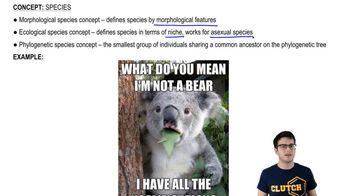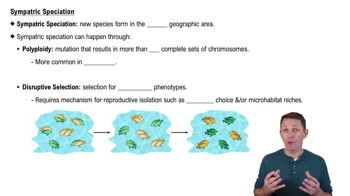Which of the following describes vicariance?
a. Small populations coalesce into one large population.
b. A population is fragmented into isolated subpopulations.
c. Individuals colonize a novel habitat.
d. Individuals disperse and found a new population.






